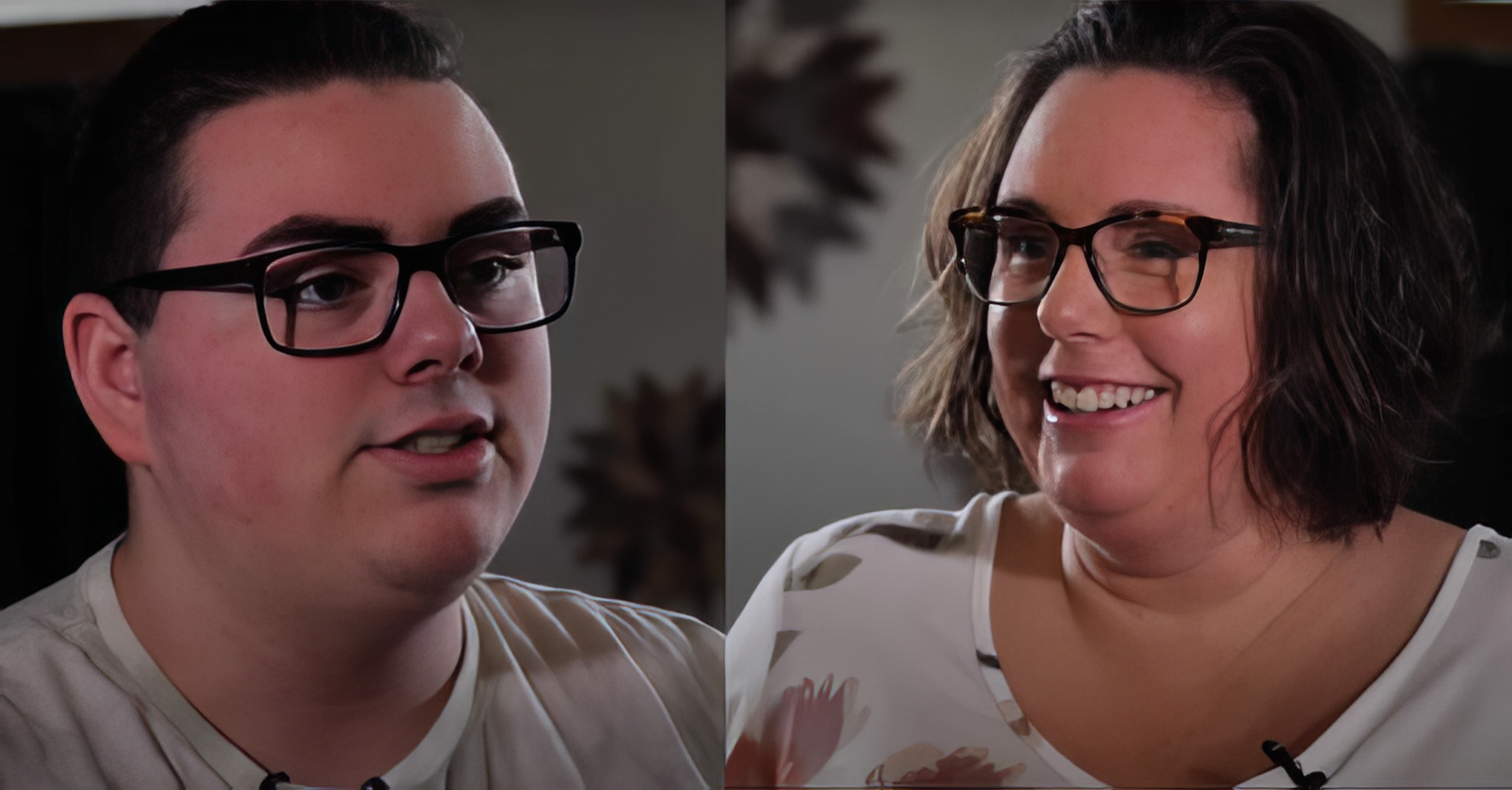Preface: Concussion Recovery to Brain Optimization
Eyeglasses prescribed by the Mind-Eye Institute helped clear Danelle Kenney’s mental fog, diminish her migraines, improve her concentration – even shift her posture. So, if they could provide such relief from symptoms brought on by several concussions, including a fall on her head while roller-skating years earlier, perhaps, she thought, “brain” glasses might work equally effectively for her 17-year-old son, Pablo, diagnosed as having attention deficit hyperactivity disorder (ADHD) as far back as second grade.
She was right.
The Effectiveness of Brain Glasses on ADHD
After receiving a pair of glasses prescribed by Mind-Eye, “Pablo’s grades went from C’s and D’s to A’s and B’s last semester,” smiles Danelle, who resides with her husband and son in Franklin, Wisconsin. “And his executive functioning improved. On his own, Pablo started taking care of things that normally I had to tell him to do. He has even applied for a driver’s license.”
Pablo agrees.
“My art teacher told me I seem more confident and motivated... My science teacher says I am much more involved in work in the lab.”
- Patient, Pablo Amaya
“I had been getting pretty bad grades, especially in math and English, because I would not pay enough attention in school. I was not really motivated. But, after getting my glasses from Mind-Eye, my grades went up, and I began making more decisions for myself. My parents did not have to constantly remind me what to do – and that includes homework,” Pablo says. “I even began asking for more help in certain courses, even if that meant staying after school.”
His teachers have noted the difference in him. “My art teacher told me I seem more confident and motivated, and I have applied for an internship with her next year,” Pablo relates. “My science teacher says I am much more involved in work in the lab.”
“The doctor said the glasses were intended to help Pablo focus more on details. My son had been just too distracted by everything around him in his environment,” Danelle states.
Mind-Eye Brainwear™: How It Works
Although some patients refer to Mind-Eye “brain” glasses as magic, “they are anything but,” states Deborah Zelinsky, OD, founder of Mind-Eye and the executive director of research at the Institute, which is headquartered in Northbrook, Illinois.
“’Brain’ glasses are intended to resynchronize a person’s sensory signaling pathways by varying the angle, intensity, and amount of light passing through the retina. The retina is composed of brain tissue and serves as a conduit between the outside environment and internal physiological systems,” Dr. Zelinsky explains.
“By using therapeutic eyeglasses to manipulate the way light disperses across the retina, we can help develop new informational signaling pathways in a patient’s brain and establish – or reestablish -- more normal signaling patterns between the retina and deeper brain structures.”
If the synchronization of a person’s senses, particularly eyes and ears, is disrupted due to neurological disorders, stroke, or, as happened in Danelle’s case, concussion, then visual processing is affected, Dr. Zelinsky says. “When interaction between eyes and ears is apparently underdeveloped, as in Pablo’s case, then learning abilities and social skills can lag.”
Dr. Zelinsky emphasizes that “visual processing is what enables us to respond appropriately to our surrounding environment. Abnormal processing can cause a variety of symptoms, including light and sound sensitivities; difficulties reading, concentrating, and learning; brain fog; problems organizing and staying on task; sleep and memory issues; and post-traumatic stress disorder (PTSD).”
Danelle's Journey of Concussion Recovery
In fact, Danelle’s post-concussion symptoms – her fatigue, trouble concentrating, and worsening, nagging headaches (“I would get migraines sometimes lasting as long as three weeks”) -- were factors in her decision to leave her hospital job as a social worker in 2014 and take up a new career in realty. “As a realtor, I had more control over my schedule,” she recalls. “With my fatigue and frequent headaches, there were days I just preferred staying home and being in the dark. I could no longer handle getting up every day and going to work 9-to-5.”
Danelle learned about the Mind-Eye Institute through a concussion support group. By that time, she had tried multiple solutions to no avail. “I would be told to go home and sleep off a headache, but you don’t simply sleep off something that has been occurring for six years or more,” she says.
“My headaches today are nearly gone, and I can actually sit down and read a book.”
- Patient, Danelle Amaya
After undergoing extensive examination by the Mind-Eye team in May 2020, Danelle was prescribed a pair of “brain” glasses, which, initially, “made me feel as if my head were tilting in the wrong direction,” she remembers. “Instead, my husband suddenly says, ‘Hey, you are walking with your head upright.’ Apparently, before the glasses, I had been walking around with my head tilted. As soon as I put them on, they changed my posture.”
She also noticed more gradual, “subtle changes,” which she attributes to a combination of “brain” glasses and other treatments she has been undergoing. “My headaches today are nearly gone, and I can actually sit down and read a book,” Danelle says. “The words do not seem to be moving around on a page, and I do not have to read and re-read a paragraph three times to comprehend it.”
Pablo's Journey Towards a Better Future
Pablo underwent the same vigorous testing as his mother at the Mind-Eye Institute in August 2020, and he could not be happier with the glasses that have since been prescribed to him.
“Before the glasses, my ADHD was a huge problem. I used to get into a lot of trouble and needed help doing many things,” he says. “The glasses not only have helped me get better grades; they also have helped me grow up. I am a more confident person.”
“Most people still consider eyeglasses as simply a tool to help see 20/20. But, at Mind-Eye, sharpening the clarity of a person’s central eyesight is not our primary goal. Instead, we are using advancements in optometry and neuroscience to build better brains by prescribing eyeglasses that modulate patients’ internal processing and transform their lives,” says Dr. Zelinsky.


